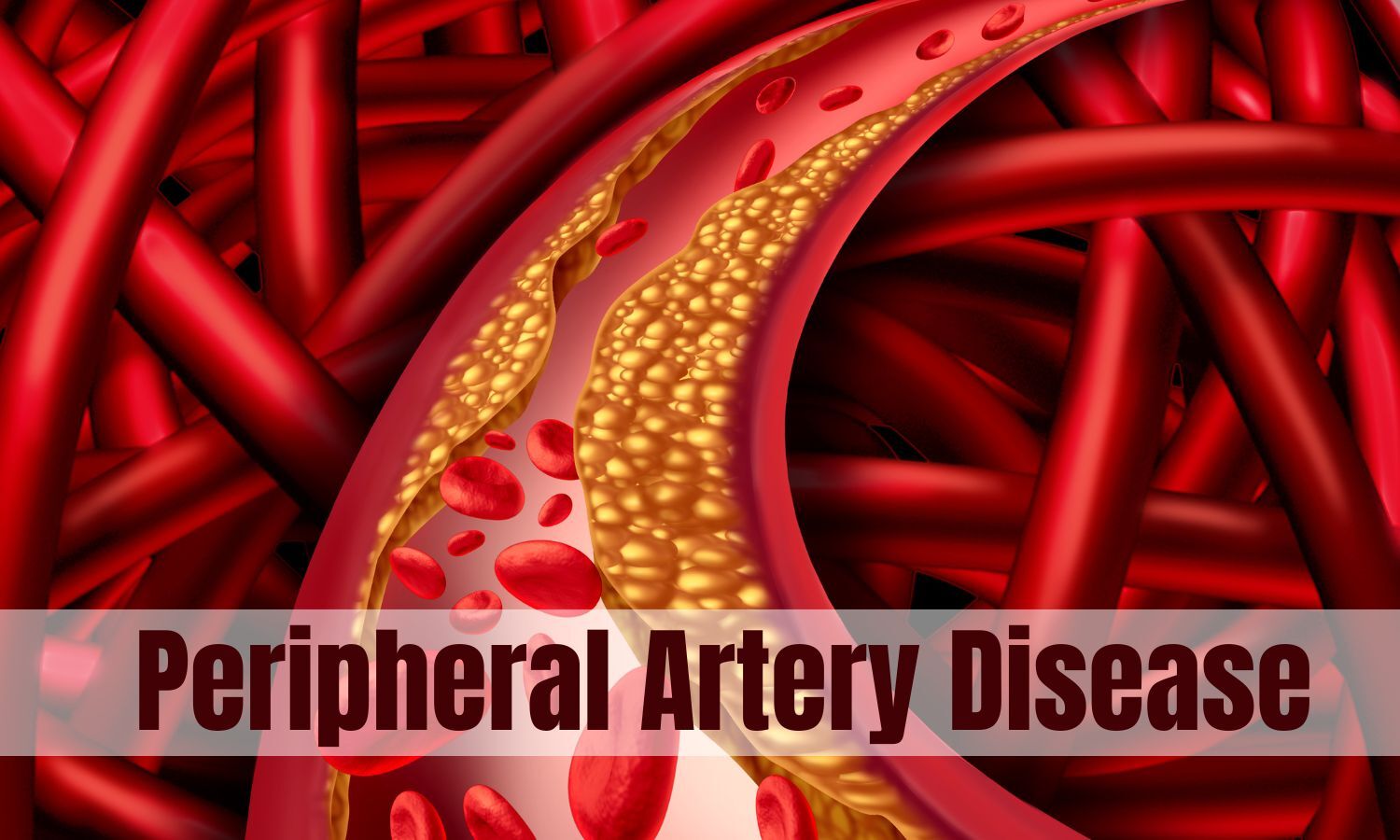- Home
- Medical news & Guidelines
- Anesthesiology
- Cardiology and CTVS
- Critical Care
- Dentistry
- Dermatology
- Diabetes and Endocrinology
- ENT
- Gastroenterology
- Medicine
- Nephrology
- Neurology
- Obstretics-Gynaecology
- Oncology
- Ophthalmology
- Orthopaedics
- Pediatrics-Neonatology
- Psychiatry
- Pulmonology
- Radiology
- Surgery
- Urology
- Laboratory Medicine
- Diet
- Nursing
- Paramedical
- Physiotherapy
- Health news
- Fact Check
- Bone Health Fact Check
- Brain Health Fact Check
- Cancer Related Fact Check
- Child Care Fact Check
- Dental and oral health fact check
- Diabetes and metabolic health fact check
- Diet and Nutrition Fact Check
- Eye and ENT Care Fact Check
- Fitness fact check
- Gut health fact check
- Heart health fact check
- Kidney health fact check
- Medical education fact check
- Men's health fact check
- Respiratory fact check
- Skin and hair care fact check
- Vaccine and Immunization fact check
- Women's health fact check
- AYUSH
- State News
- Andaman and Nicobar Islands
- Andhra Pradesh
- Arunachal Pradesh
- Assam
- Bihar
- Chandigarh
- Chattisgarh
- Dadra and Nagar Haveli
- Daman and Diu
- Delhi
- Goa
- Gujarat
- Haryana
- Himachal Pradesh
- Jammu & Kashmir
- Jharkhand
- Karnataka
- Kerala
- Ladakh
- Lakshadweep
- Madhya Pradesh
- Maharashtra
- Manipur
- Meghalaya
- Mizoram
- Nagaland
- Odisha
- Puducherry
- Punjab
- Rajasthan
- Sikkim
- Tamil Nadu
- Telangana
- Tripura
- Uttar Pradesh
- Uttrakhand
- West Bengal
- Medical Education
- Industry
Higher serum uric acid linked to peripheral artery disease in male hypertensive patients

China: Findings from a cross-sectional study have suggested a positive association between higher serum uric acid (SUA) levels and peripheral artery disease (PAD) in male patients with hypertension. This positive relationship was, however, not observed among female patients. The findings were published online in Frontiers in Endocrinology on 22 August 2023.
Peripheral artery disease is a circulatory condition affecting the blood vessels outside of the brain and heart, most commonly in the legs. It occurs when the arteries that supply nutrients and oxygen to the muscles of the legs become blocked or narrowed by an accumulation of fatty deposits or plaque, a process called atherosclerosis.
Higher serum uric acid is known to cause gout, which is characterized by arthritis due to the deposition of monosodium urate crystals in the lower extremities. Higher SUA levels have been linked to inflammation, oxidative stress, and endothelial dysfunction, all of which are involved in the PAD pathogenesis. There is no proper understanding of the relationship between SUA levels and peripheral artery disease.
Therefore, Fengyu Han, The Second Affiliated Hospital of Nanchang University, Nanchang, Jiangxi, China, and colleagues aimed to explore the relationship between SUA and PAD in patients with hypertension by conducting a real-world, multi-centre, observational study in South China in March 2018.
For this purpose, the researchers conducted an analysis of 9,839 Chinese adults with essential hypertension from the ongoing China H-type Hypertension Registry Study. Patients with an ABI ≤0.9 were diagnosed with peripheral artery disease.
Hyperuricemia was defined as SUA levels >360 mol/L in women and >420 mol/L in men. Multivariable logistic regression models were used to evaluate the association between SUA levels and peripheral artery disease based on odds ratios (ORs).
The researchers reported the following findings:
- The enrolled subjects ranged in age from 27 to 93 years, with a mean age of 63.14 ± 8.99 years. The proportion of male patients was 46.22%, and the prevalence of hyperuricemia was 50.72%.
- In males, hyperuricemia was positively associated with the risk of PAD (adjusted OR per SD increase: 1.72).
- Males in the highest SUA tertile were significantly more likely to have PAD (adjusted OR: 2.63). However, this positive relationship was not observed in females (adjusted OR: 1.29).
"The findings showed that SUA levels were positively associated with PAD in male hypertensive patients," the researchers wrote. "We ascertained that increased SUA levels were associated with an increased PAD risk in male hypertensive in this cross-sectional study." However, they noted that this positive correlation was not present in female patients with hypertension.
"Based on this cross-sectional study, there is a need for further longitudinal, perspective, or multi-central studies to determine the chronological or causal relationship between SUA and PAD in a hypertensive population," they concluded.
Reference:
Han, F., Yu, C., Hu, F., Zhou, W., Wang, T., Zhu, L., Huang, X., Bao, H., & Cheng, X. (2023). Association between serum uric acid levels and peripheral artery disease in Chinese adults with hypertension. Frontiers in Endocrinology, 14, 1197628. https://doi.org/10.3389/fendo.2023.1197628
Dr Kamal Kant Kohli-MBBS, DTCD- a chest specialist with more than 30 years of practice and a flair for writing clinical articles, Dr Kamal Kant Kohli joined Medical Dialogues as a Chief Editor of Medical News. Besides writing articles, as an editor, he proofreads and verifies all the medical content published on Medical Dialogues including those coming from journals, studies,medical conferences,guidelines etc. Email: drkohli@medicaldialogues.in. Contact no. 011-43720751


